Way back in 2007, I started documenting the destruction of heritage architecture in Saigon and throughout Vietnam. In the twelve years since, the wrecking ball has run amok. History, heritage and culture have been a big part of my decades of involvement in tourism in Vietnam. They've always seemed to be the country's natural strengths. So the seeming disregard for these things in Vietnam’s race to develop - as a tourism destination and a globalised economy, has been a struggle to watch. It’s been especially grim in Saigon.
Lately I’ve started to wonder whether the tide is turning, and whether heritage and longer term considerations might be starting to inform the development process in Vietnam? Three recent decisions and a developing local heritage awareness may mean better times ahead for heritage preservation in Vietnam - perhaps for long term planning too. These are early signs. But they're definitely cause for hope.
Back in May, I wrote about plans by the local church hierarchy in Bui Chu parish in Nam Dinh province, to demolish an historic cathedral. Built in 1885, the Bui Chu cathedral is unique in design and is located in one of the oldest Catholic parishes in Vietnam - dating back to the 17th century.
Local people, architects, media and government officials voiced concern at the proposed demolition. The church made a decision to review the plans. As far as I’m aware, demolition plans have now been shelved.
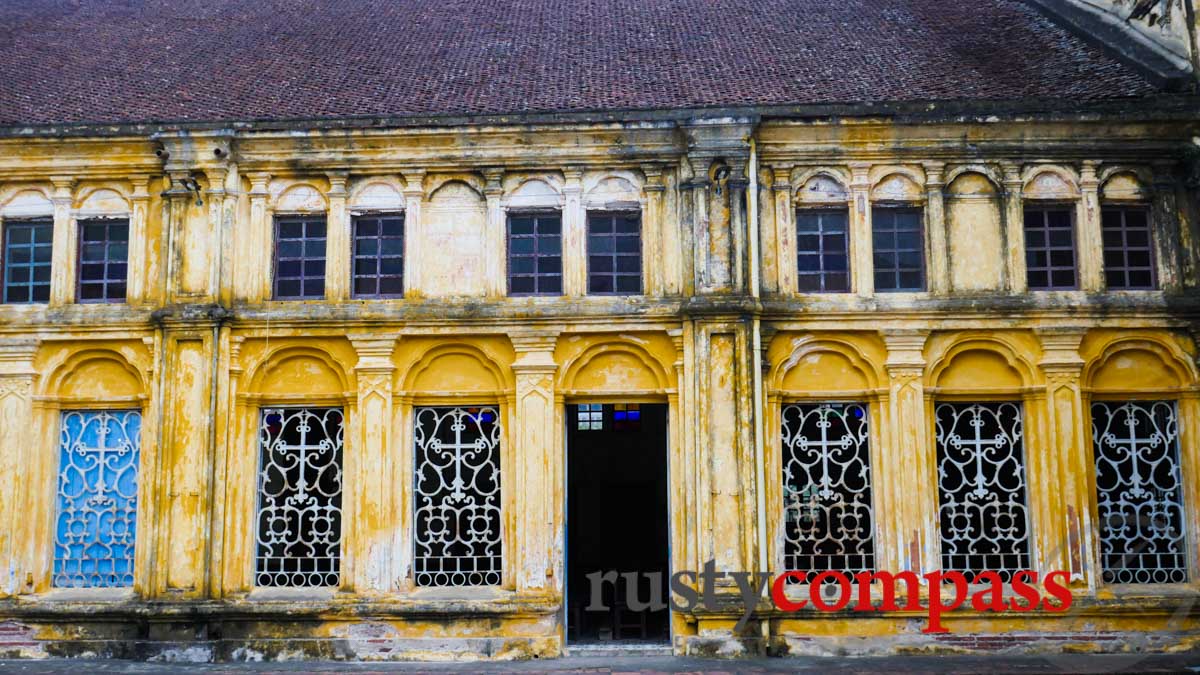
Photo: Mark Bowyer Bui Chu Church, Nam Dinh
Earlier in the year, in Ho Chi Minh City in Vietnam’s south, a decision was taken to protect another historic Catholic church complex. The church buildings at Thu Thiem, directly across the Saigon River on prime real estate, had been threatened with demolition for over a decade.
The church presence in Thu Thiem predates the arrival of French colonial forces in the mid nineteenth century. Like Bui Chu in the north, Thu Thiem parish is a part of Saigon’s history - irrespective of your views of the church. The battle over church lands in Thu Thiem has raged for many years. Few would have predicted that history and heritage might come out on top - against one of the city’s most prized development projects. But they did.
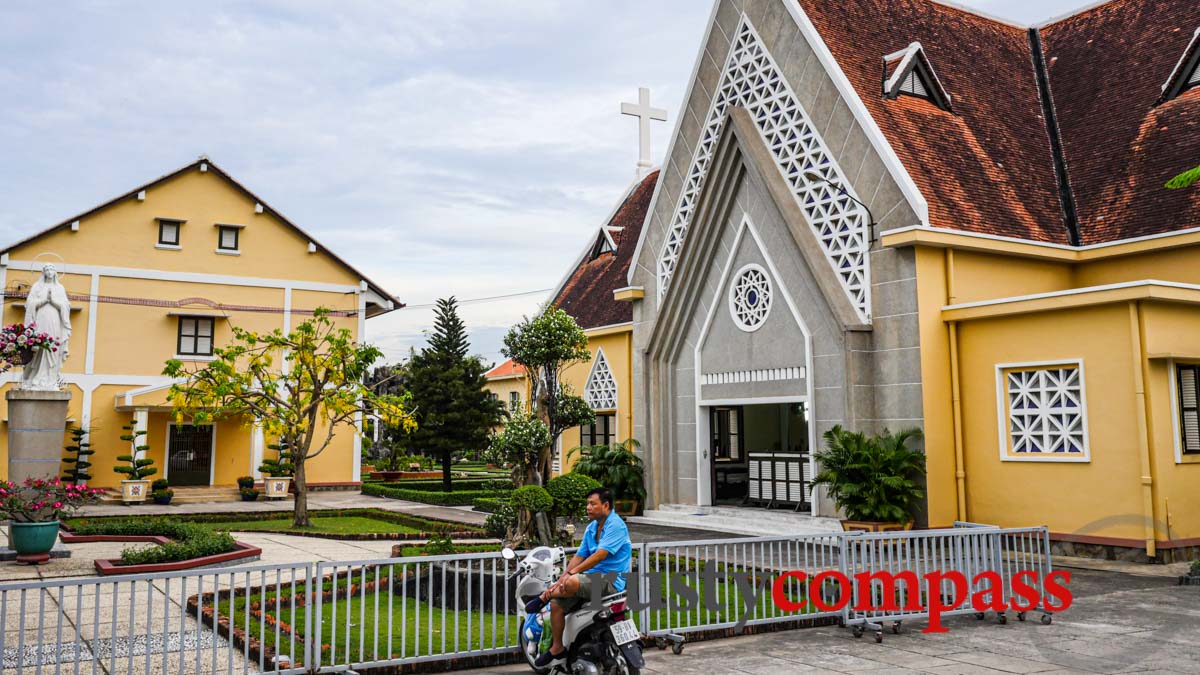
Photo: Mark Bowyer Thu Thiem Parish, Saigon
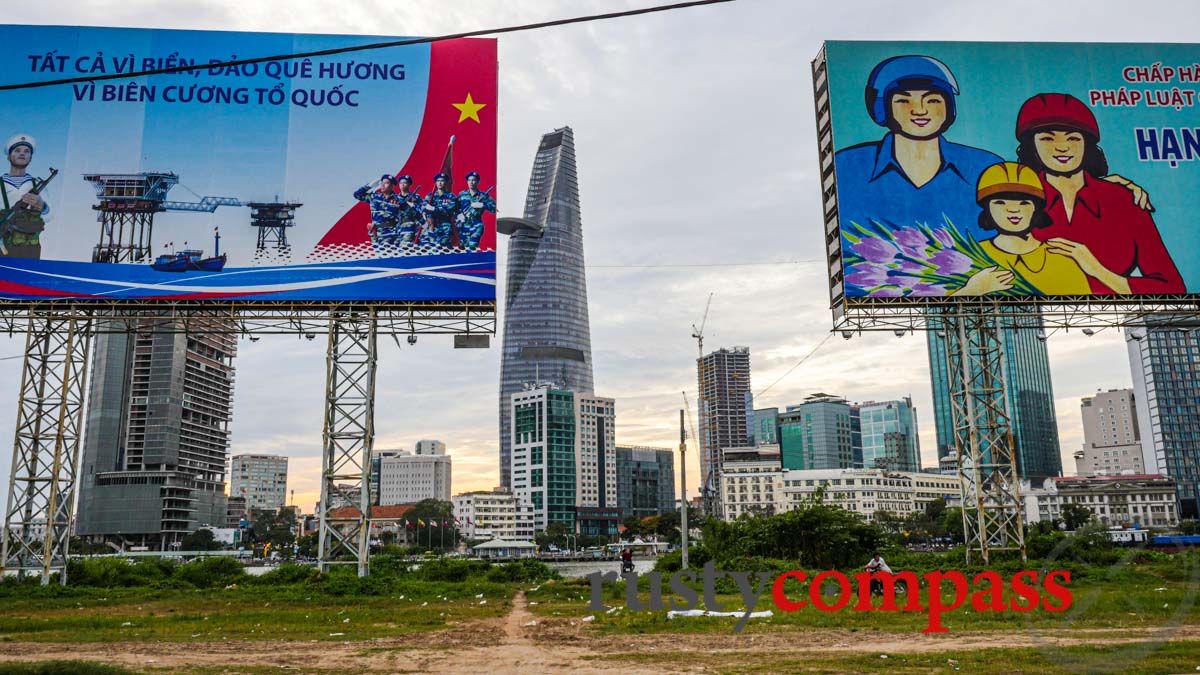
Photo: Mark Bowyer Thu Thiem Parish, Saigon - prime real estate
And there’s another too.
In 2018, a decision to demolish one of the oldest surviving colonial era buildings on Dong Khoi St in the heart of Saigon, was reversed following a public outcry. The Thuong Tho Palace, a colonial administrative building from the 1860s, is one of the few survivors of a demolition binge on one of Saigon's most historic streets. And now its future seems secure.
All of these heritage victories have followed public objections and lobbying from Vietnamese architects and planners. I don’t recall similar interest in past heritage decisions. Nor I recall such victories in previous decades. Something is changing.
Vietnam still lacks an extensive heritage register and few buildings have official protection. But these three decisions all give cause for hope.
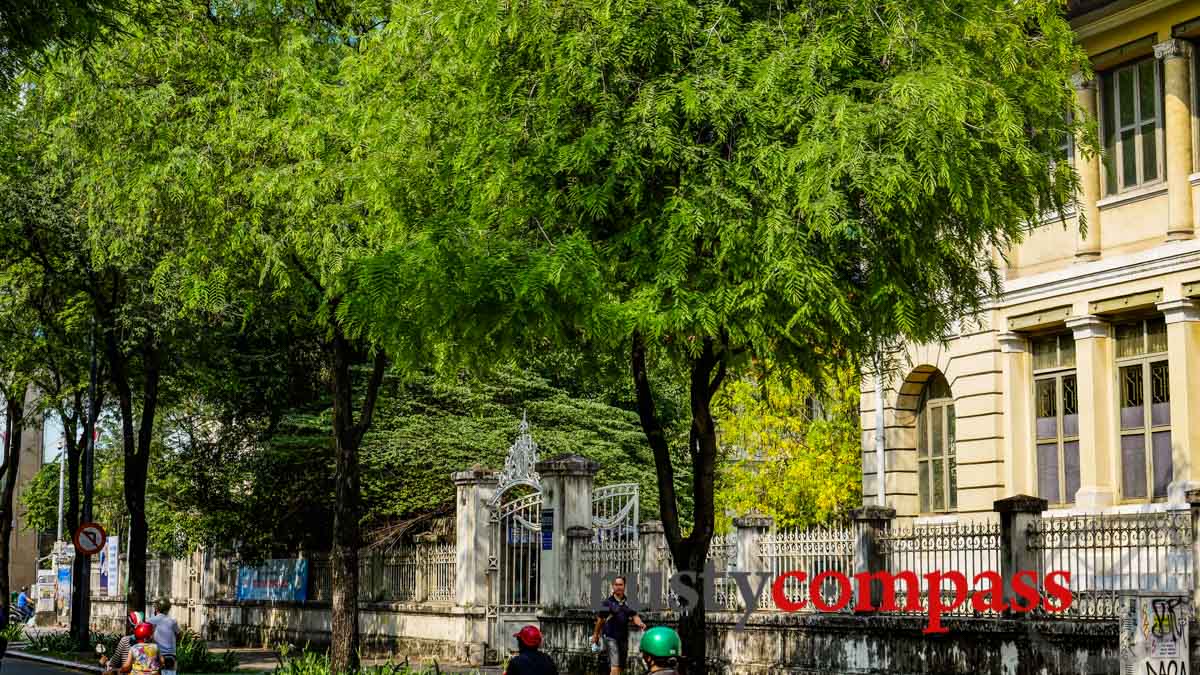
Photo: Mark Bowyer Thuong Tho Palace in downtown Saigon from the 1860s
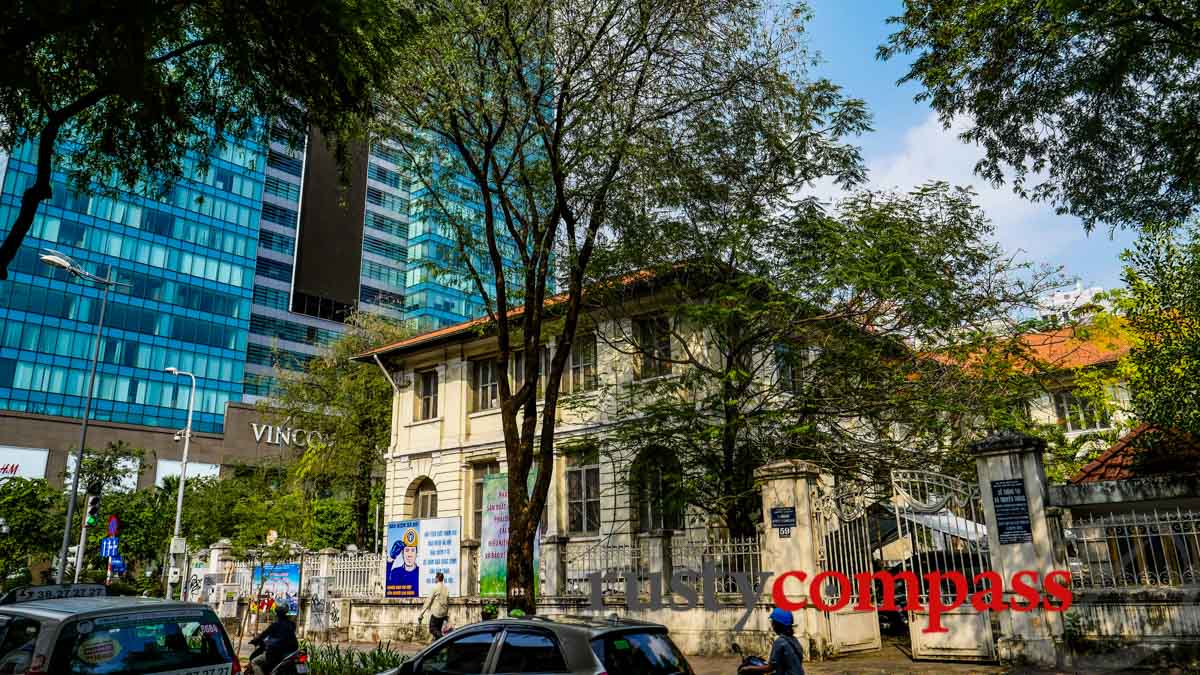
Photo: Mark Bowyer Thuong Tho Palace in downtown Saigon from the 1860s
In Saigon, this new heritage awareness may be too little too late. But a growing realisation of the importance of heritage protection in both the community and government can only be positive.
Vietnam has paid a heritage toll well beyond French colonial architecture during the past two decades. Neglect, heavy handed renovations and demolitions of temples, pagodas, shophouses, Cham temples, traditional architecture and modernist buildings, have all degraded the country’s heritage assets.
Cities like Saigon and Hanoi are rightfly focused on bigger issues than heritage. But the consideration of heritage in planning is a good barometer of the wider well-being of the planning process in the development of liveable modern cities. Heritage awareness won’t solve the monumental challenges facing planners in Vietnam. But increased heritage awareness reflects a shift from the short-term hyper-commercialism that has characterised the last two decades of planning in the two cities.
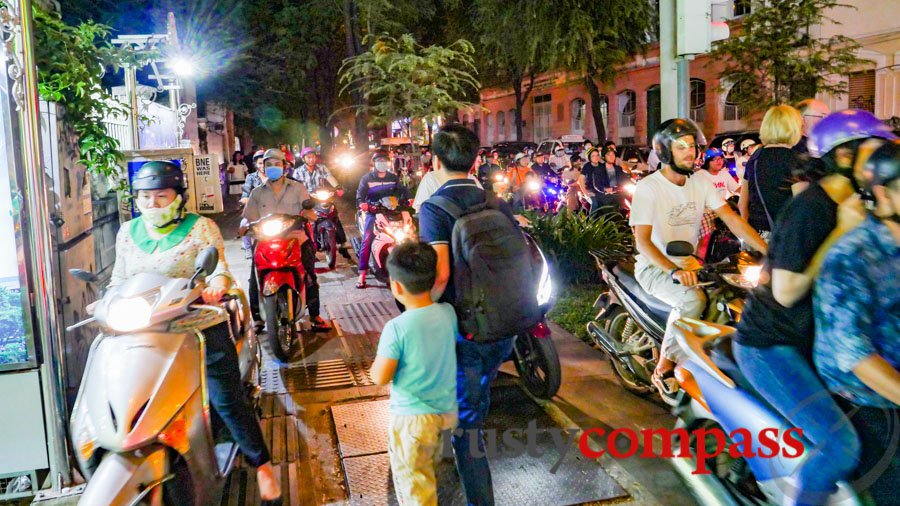
Photo: Mark Bowyer Saigon's planners have a lot to think about - getting motorbikes off the pavements would be a good start.
By coincidence, this week, Monocle magazine has posted its most liveable cities video (below). It may be slanted too far in favour of old, orderly, developed cities and lacking in appreciation of the unique energy and character of rapidly changing cities like Hanoi and Saigon. But the measure is liveability.
It would be fantastic if Monocle could also recognise cities in the developing world making the best liveability decisions. It's where some of the most important city problem solving is taking place.
I feel ambivalent when I see my hometown of Sydney popping up high in these lists. Long-serving mayor Clover Moore is great - but she's long been up against state governments that seem more accountable to developers than their constituents, or to any grand vision for the city. In Sydney, we're the beneficiaries of our inherited affluence and systems of governance, as well as decisions made many decades ago. There are few indications state governments have done much as custodians of that inheritance. Developer dominance seems to be something Sydney and Saigon have in common.
I feel a hint of optimism from these recent heritage decisions in Vietnam because heritage-aware cities are more likely to be thinking about other long term challenges of liveability - things like public transport, green spaces, walkability, cycling, well-being and environment. Saigon and Hanoi face enormous liveability challenges that will need long term thinking from the best minds - and trade-offs between heritage and development. Heritage cannot and should not win all battles - any more than the naked self-interest of developers should win all battles. But if there is a shift in favour of heritage preservation, it might represent a deeper shift to more long term thinking in planning too. We hope so anyway.





There are no comments yet.